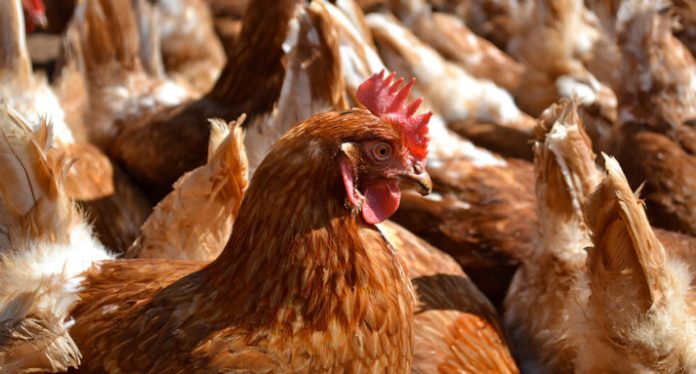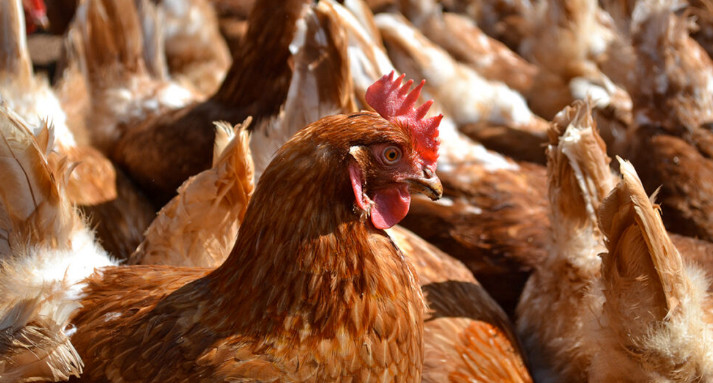
In Defense of the Furred and the Hoofed 🦊
Our Kindred Creatures: How Americans Came to Feel the Way They Do About Animals by Bill Wasik and Monica Murphy is an engaging exploration of the historical and cultural shifts in American attitudes toward animals. This enlightening book, published by Knopf, spans 464 pages and is priced at $35.
Jeremy Bentham and His Feline Inspirations 🐱
The 18th-century philosopher Jeremy Bentham, known for his disdain for polite society, had a soft spot for his London cats, especially a pasta-loving cat named Sir John Langbourne. Bentham’s observations of Langbourne led him to profound reflections on animal rights. He famously queried, “The question is not, Can they reason? nor, Can they talk? but, Can they suffer?”
Unpacking Bentham’s Riddle 📚
In Our Kindred Creatures, authors Monica Murphy and Bill Wasik skillfully dissect Bentham’s thought-provoking question. Murphy, a veterinarian, and Wasik, the editorial director of The New York Times Magazine, combine their expertise to create a compelling narrative that delves into historical and contemporary attitudes towards animals. Their previous collaboration, Rabid (2012), focused on the history of a single virus. In contrast, Kindred Creatures offers a broader and more ambitious exploration of our complex relationships with animals.
From Abolition to Animal Protection 🕊️
Post-abolition America saw reformers seeking new noble causes. With animal welfare already gaining traction in Britain, American reformers found fertile ground for their efforts. The 19th-century crusade for animal protection, driven by a confident urban elite, was a fascinating blend of cultural jamming and moral awakening. Reformers tackled issues such as unscrupulous streetcar companies, dog-fighting rings, and the mistreatment of horses, channeling their energies into advocating for animal rights.
The Impact of Black Beauty 📖
Anna Sewell’s novel Black Beauty played a pivotal role in the animal protection movement, becoming the Uncle Tom’s Cabin of its cause. Millions were moved by the story of a faithful horse abused by humans, highlighting the emotional and ethical dimensions of animal cruelty.
Key Figures and Movements 🏛️
The narrative of Our Kindred Creatures is guided by significant events and personalities. From the founding of the American Society for the Prevention of Cruelty to Animals (ASPCA) in 1866 to the establishment of the Bronx Zoo in 1896, the authors trace the evolution of animal rights activism. They also spotlight the efforts of activists who used the courts and the press to protest the mistreatment of animals, from green sea turtles to stray dogs and bison.
The Role of Eccentric Advocates 🎭
Wasik and Murphy’s book is rich with stories of eccentric advocates who championed animal rights. Figures like P.T. Barnum and the women behind the Audubon Society played crucial roles in raising awareness and driving change. The authors’ meticulous research brings these characters to life, illustrating their contributions to the cause.
The Great Epizootic of 1872 🐴
The Great Epizootic of 1872, a devastating horse flu pandemic, had a profound impact on the nation. It highlighted the importance of veterinary medicine and accelerated its development. This event, along with the promotion of Black Beauty, marked significant milestones in the animal protection movement.
The Industrialization of Animal Suffering 🏭
With the rapid urbanization and industrialization of post-Civil War America, animal suffering increased on an unprecedented scale. Meatpacking magnates like Gustavus Swift and Philip D. Armour segregated livestock from human society, creating a shadow realm of animal suffering. The Chicago packinghouses became infamous for their brutal efficiency, drawing both awe and horror from onlookers.
Modern Perspectives and Hypocrisies 🌐
Our Kindred Creatures concludes with a critique of contemporary attitudes towards animals. Despite spending billions on pets and wildlife conservation, Americans often ignore the suffering of food animals. The authors challenge readers to extend compassion to all animals, echoing Jeremy Bentham’s call for humane treatment for all sentient beings.
Expanding the Lens of Animal Compassion 📸
While the book focuses heavily on the Boston-Philadelphia corridor, it’s important to recognize the broader scope of animal welfare movements across the United States. From San Francisco’s ASPCA chapter in 1868 to Minneapolis’ humane society in 1878, animal protection efforts have been widespread and varied.
Conclusion: A Call to Action 🌟
Our Kindred Creatures is a powerful reminder of the ongoing struggle for animal rights and the need for continued advocacy. As we reflect on our relationships with animals, we must strive to treat all creatures with the compassion and respect they deserve.
Embracing a Humane Future 🌿
By adopting a more compassionate approach to all animals, we can create a better world for both humans and our kindred creatures. Whether through policy changes, personal actions, or broader cultural shifts, the journey towards a more humane society is one we must all undertake.
In the words of Jeremy Bentham, “Why should the law refuse its protection to any sensitive being? The time will come when humanity will extend its mantle over everything which breathes.” Let us work towards that future, honoring the legacy of those who have fought for animal rights and continuing the fight for those who cannot speak for themselves. 🐾



















